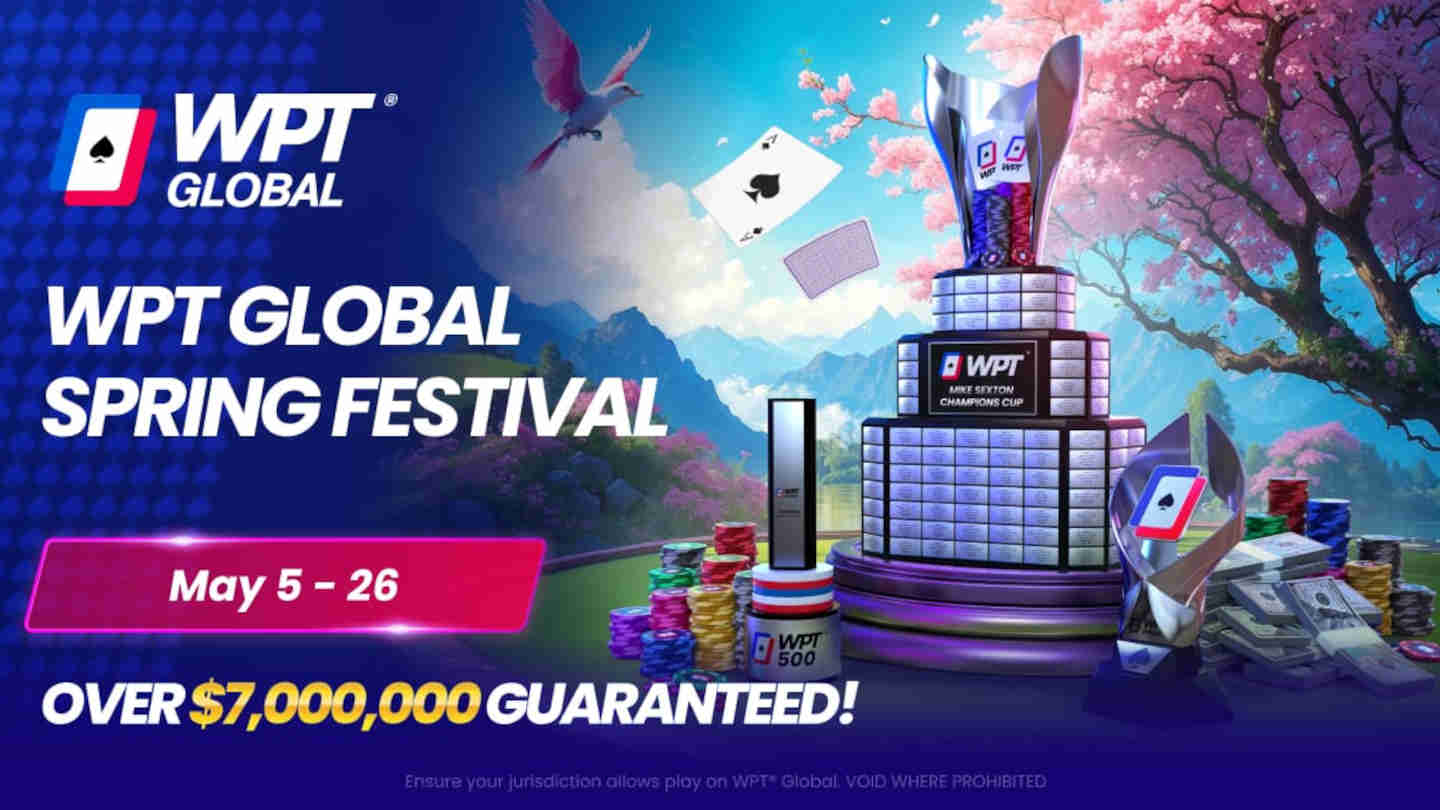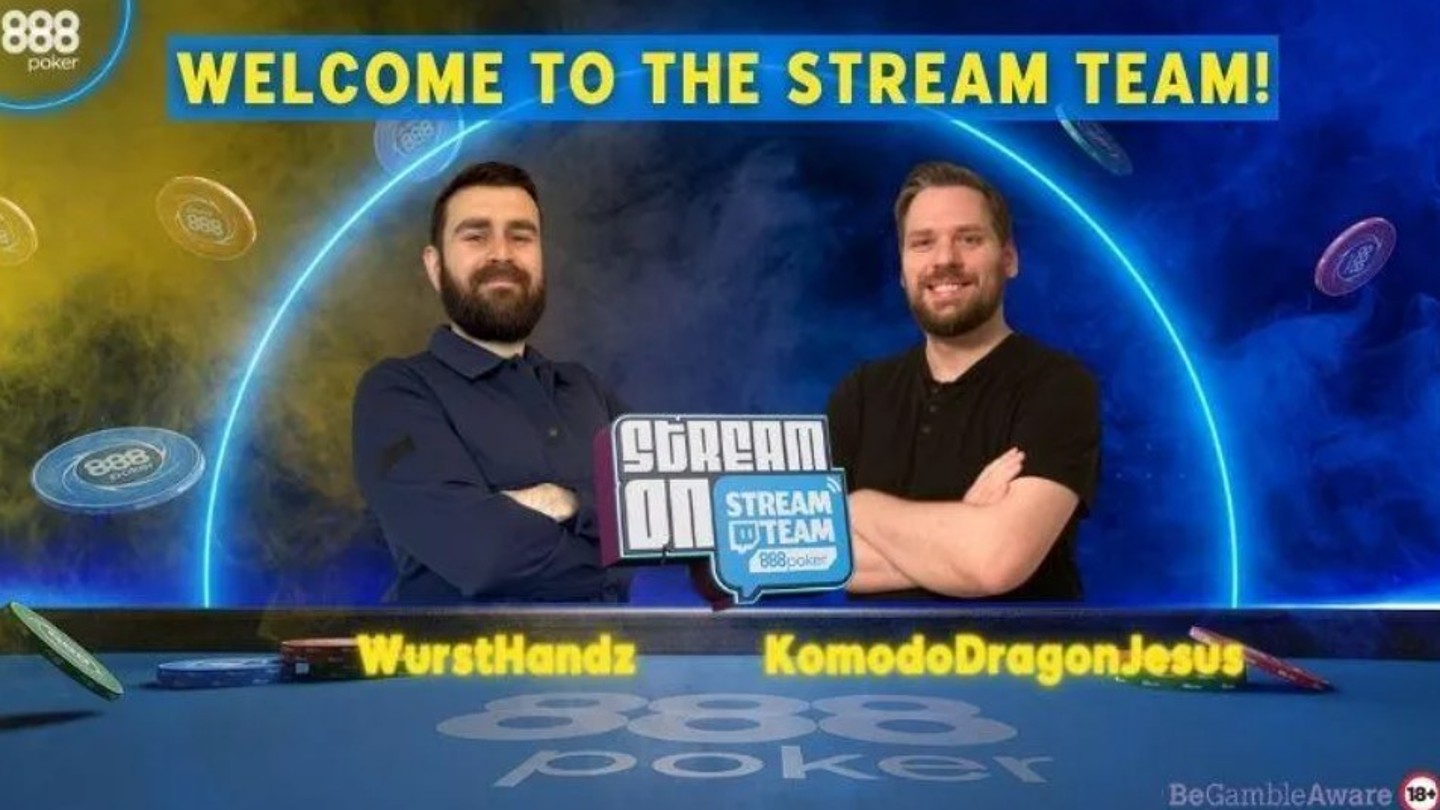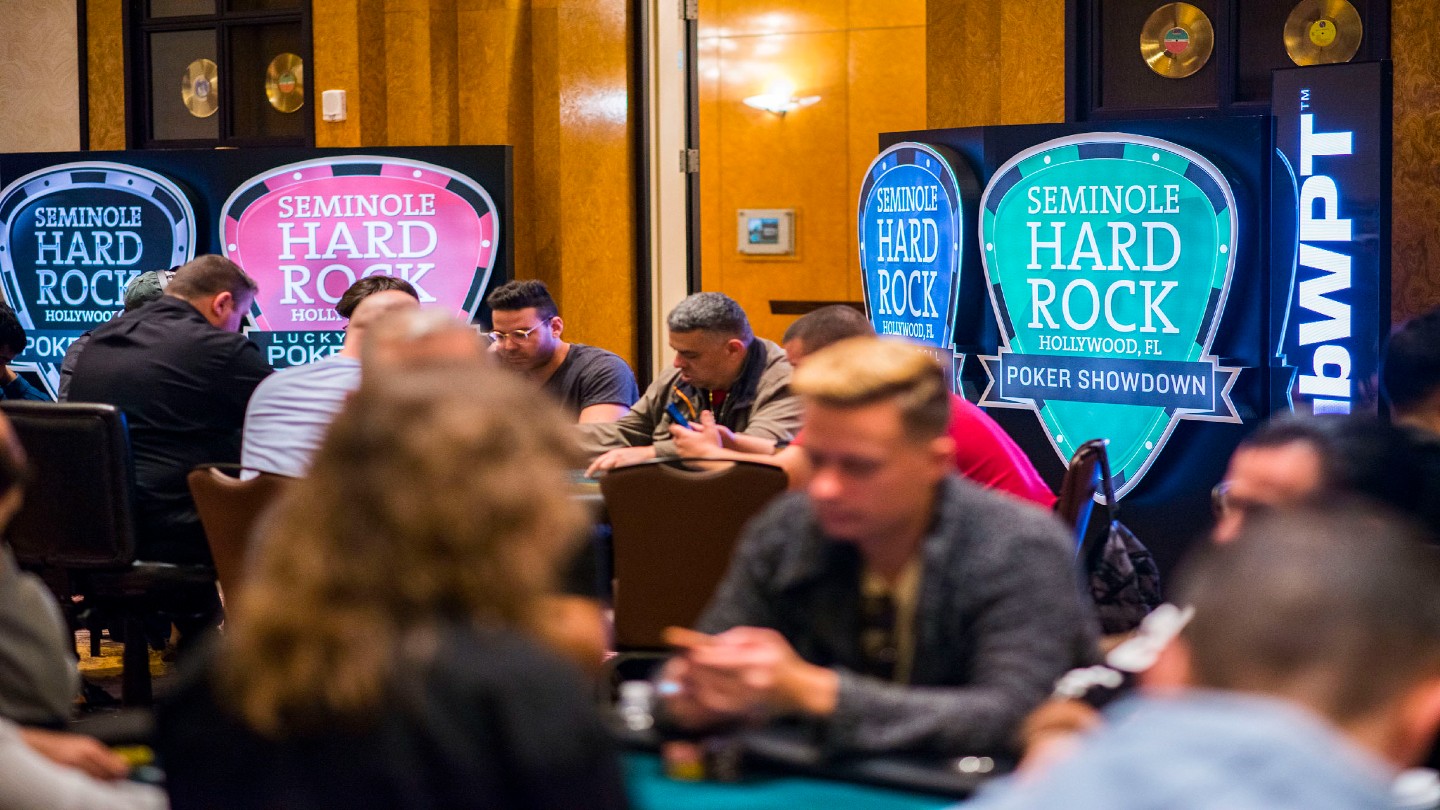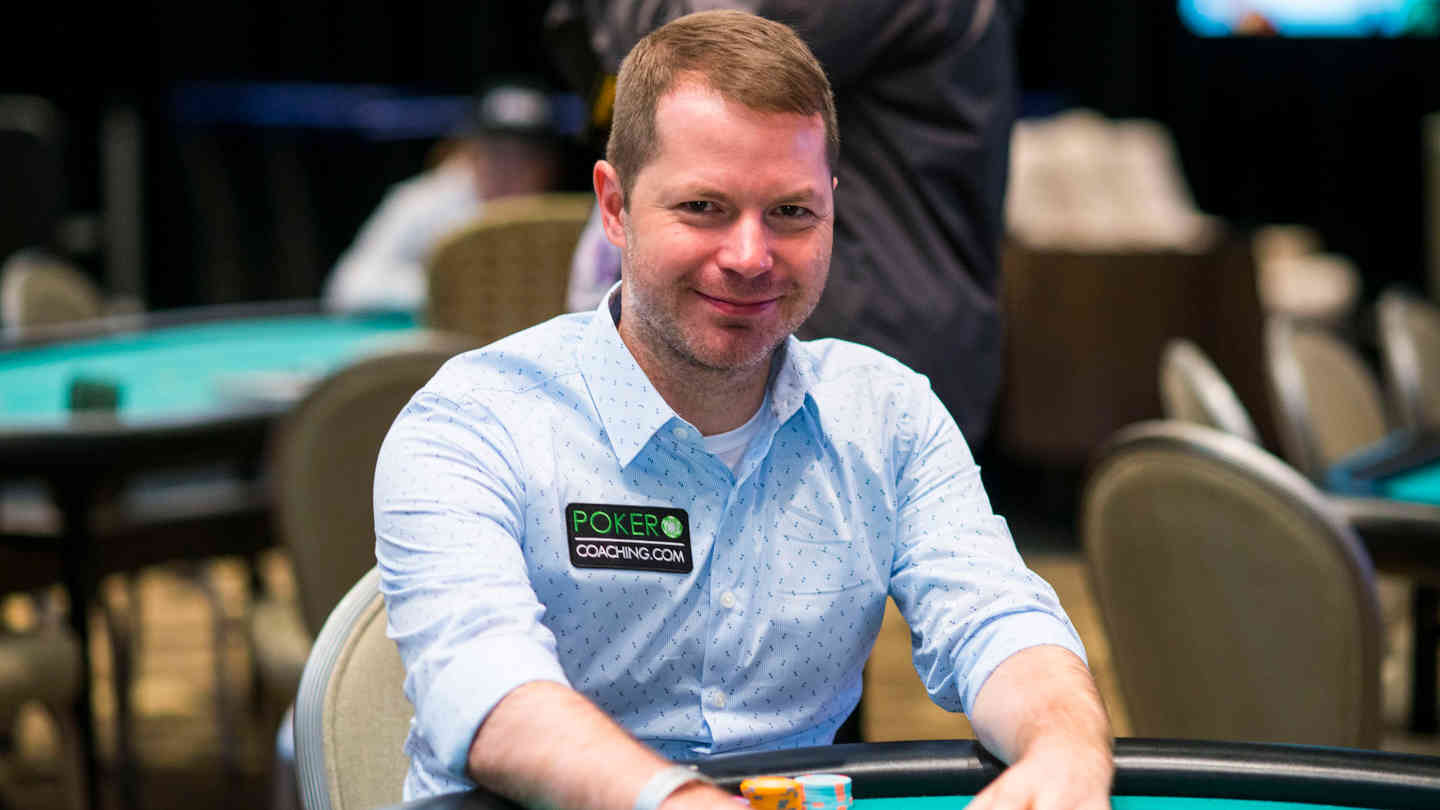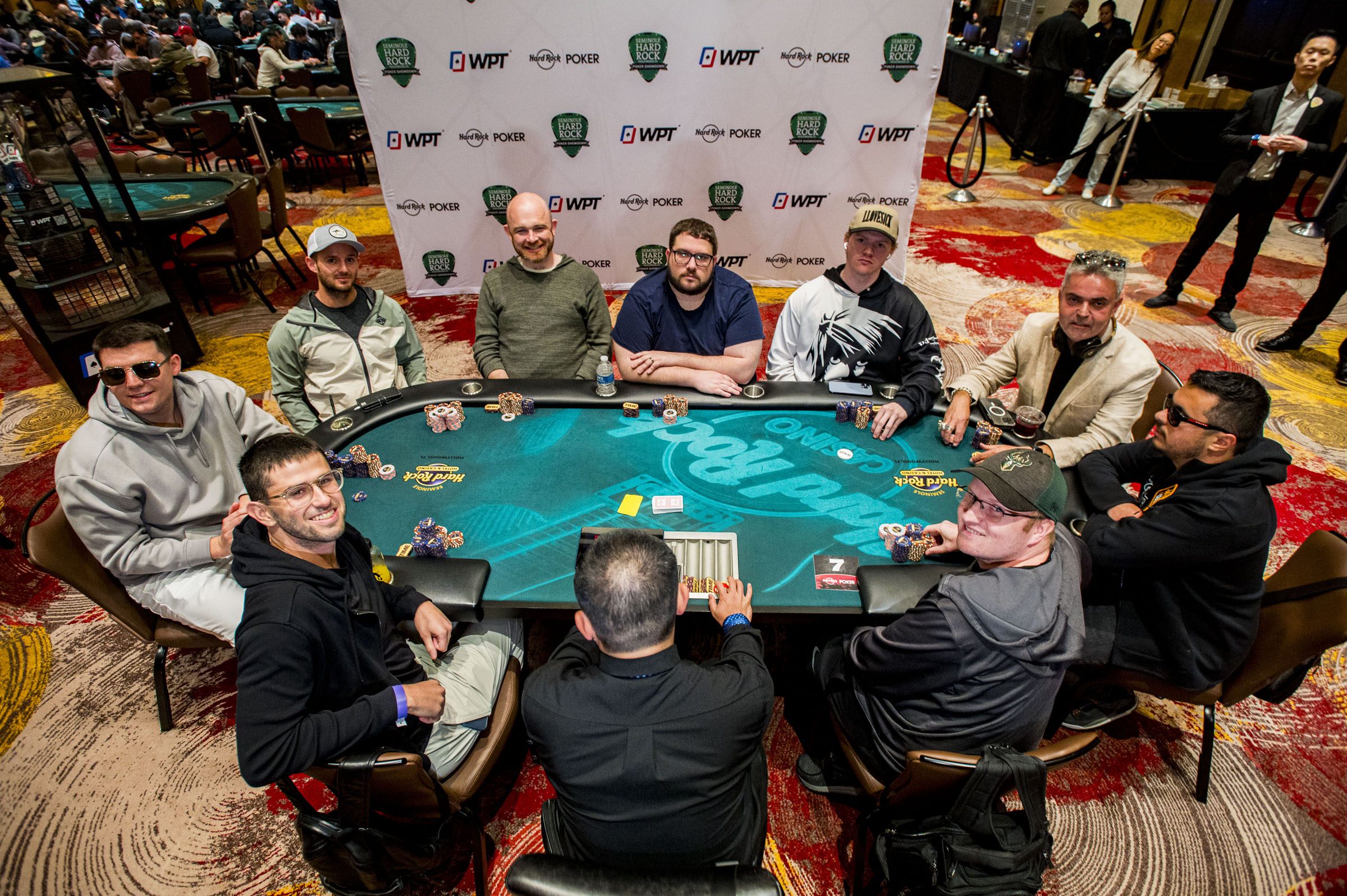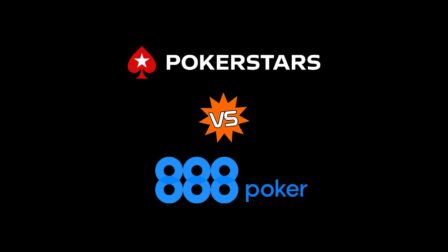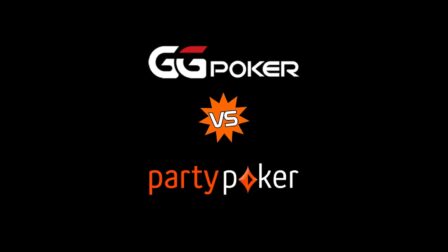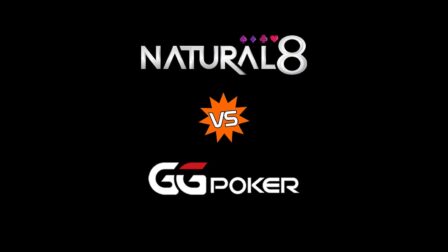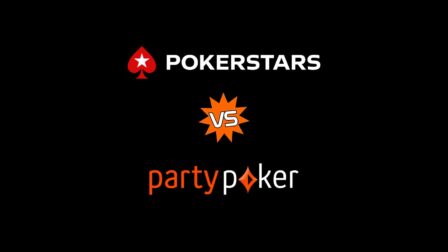Upswing’s Road to Victory Course Review
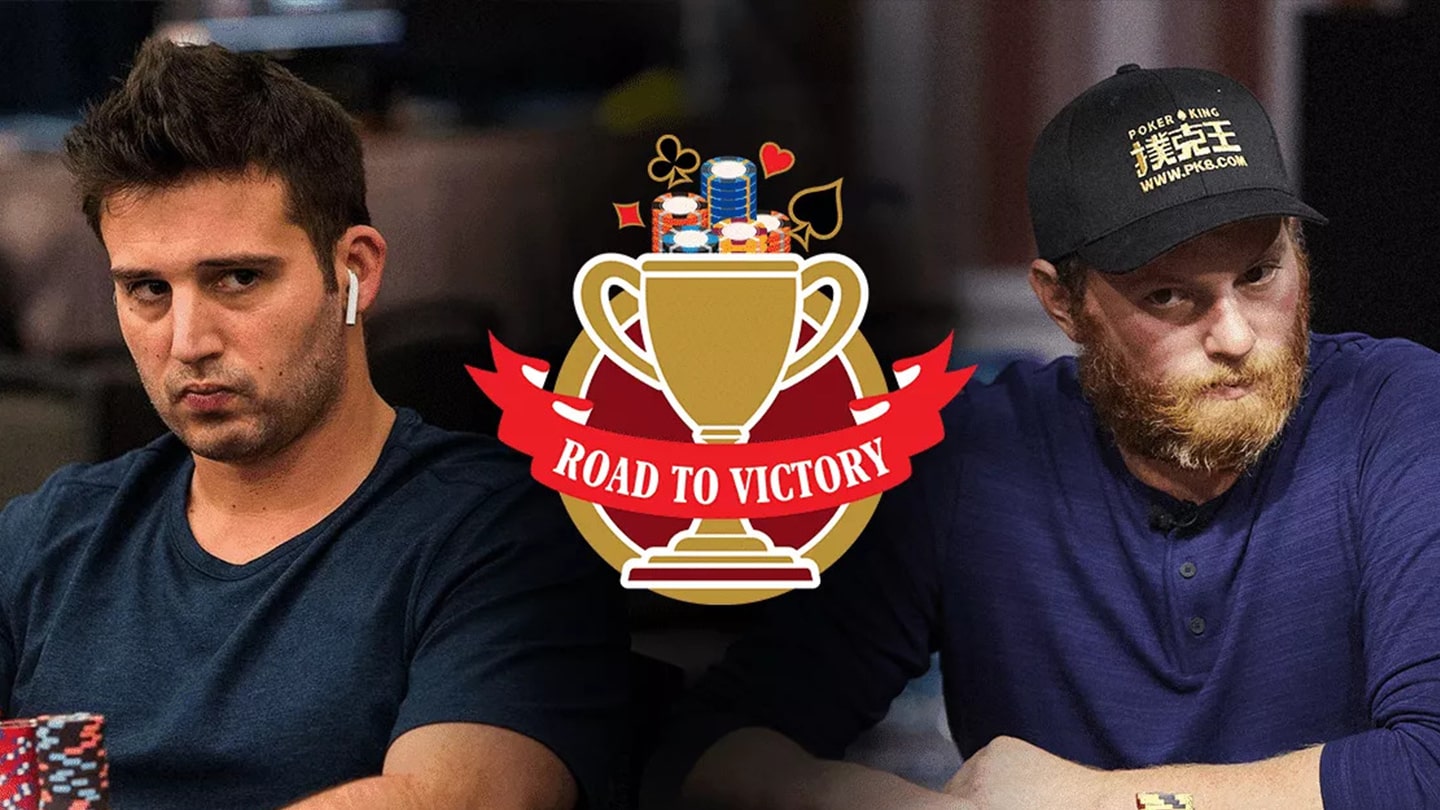
11 minutes
Last Updated: May 14, 2023
Tournament poker is very complex, and for those looking to get the best results over the long haul, the learning process never really ends. It is for those players who crave more Upswing has come up with another MTT course named Road to Victory. Check it out yourself!
The new course is taught by two tournament crushers, Nick Petrangelo, and Darren Elias. Nick already has an extensive Upswing course, and it's definitely one of the best learning resources out there.
With that in mind, what's Upswing's Road to Victory all about, and how does it differ from Petrangelo's original course?
The main focus in the Road to Victory course is put on vital adjustments you can make, with a particular emphasis on “playing the player.”
It's an interesting move away from a purely theoretical approach that we've grown accustomed to recently. Of course, Road to Victory is still based on solid theoretical fundamentals and GTO, which make the baseline of proper poker strategy.
However, a bulk of the course is taught by Darren Elias, who talks about many different ways that you can find an edge at the tables by observing your opponents, looking at the big picture, and even being aware of your own strengths and weaknesses.
If this captured your attention, stay with this detailed Road to Victory review and learn what exactly it contains and how it differs from other poker training resources out there.
What's Inside Upswing's Road to Victory?
Roughly speaking, the new Upswing course is split into three main sections:
- Darren's approach
- Exploitative ideas
- Tournament Journey – containing five large sections, each addressing a particular stage of the tournament, from early blind levels to the final table
Each segment of the course begins with a theoretical video explaining some fundamental ideas behind the concept. It is then followed by numerous real and theoretical hand examples to bring the point home.
On top of this, there are several GTO-specific videos scattered throughout different sections. In these, Petrangelo does what he does best, breaking down particular spots into minute detail.
It's important to note that Road to Victory wasn't designed as your basic MTT course that takes you from one point to another, focusing on fundamentals.
While there are some references and explanations pertaining to the baseline, players are expected to already have a solid grasp of it. Without that, it's impossible to talk about relevant adjustments and strategy changes.
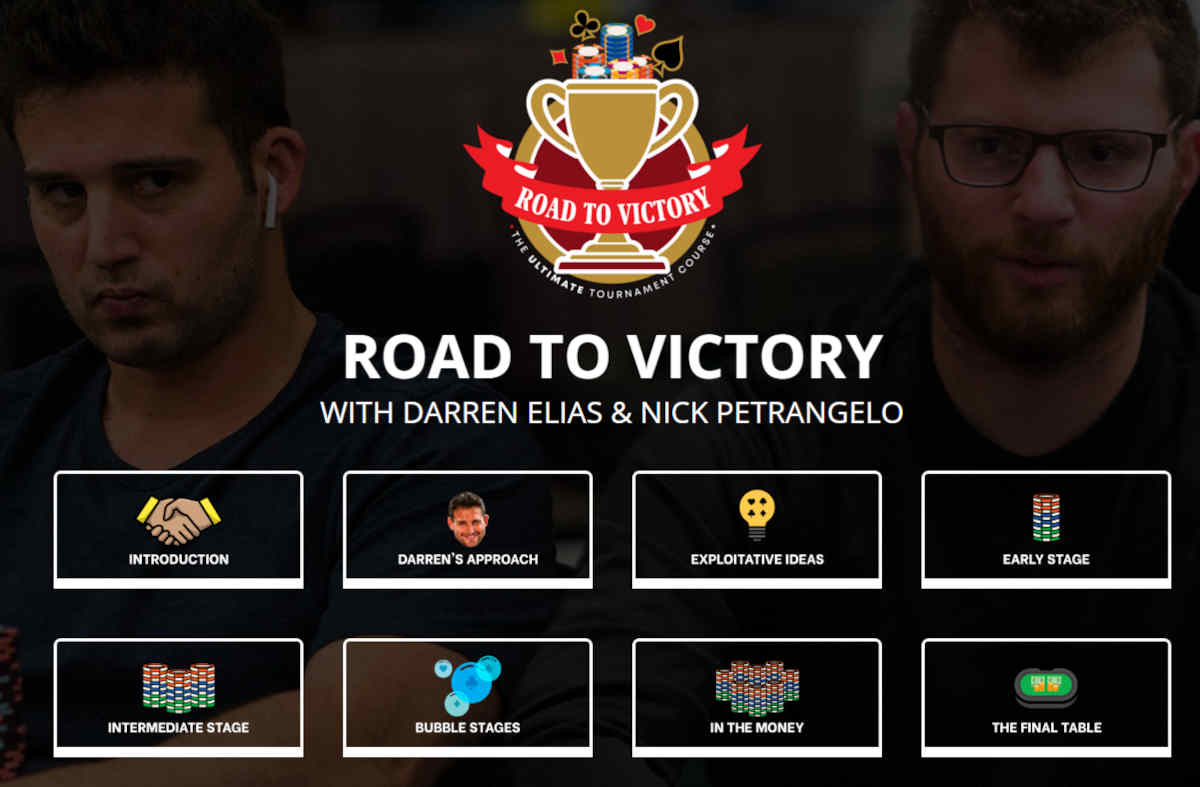
Darren's Approach
The first section of the course, named “Darren's Approach,” is exactly what it sounds like. In several videos, Elias reveals his approach to tournaments and shares some secrets that helped him get to where he is today.
In this section, Darren creates a roadmap of sorts for the rest of the course, dividing players into five main categories, namely:
- Strong professionals
- Loose professional
- Tight professional
- Loose recreational
- Tight recreational
This categorization is important, as both he and Nick keep referencing back to it when talking about different spots and what types of players you're most likely to encounter in these situations.
Another video in this module talks about the strengths and weaknesses of these different types and what you can expect from them.
Darren lists several strengths and shortcomings of each type. He emphasizes that even strong professionals have their weaknesses and goes on to explain how you can adjust to take advantage of these.
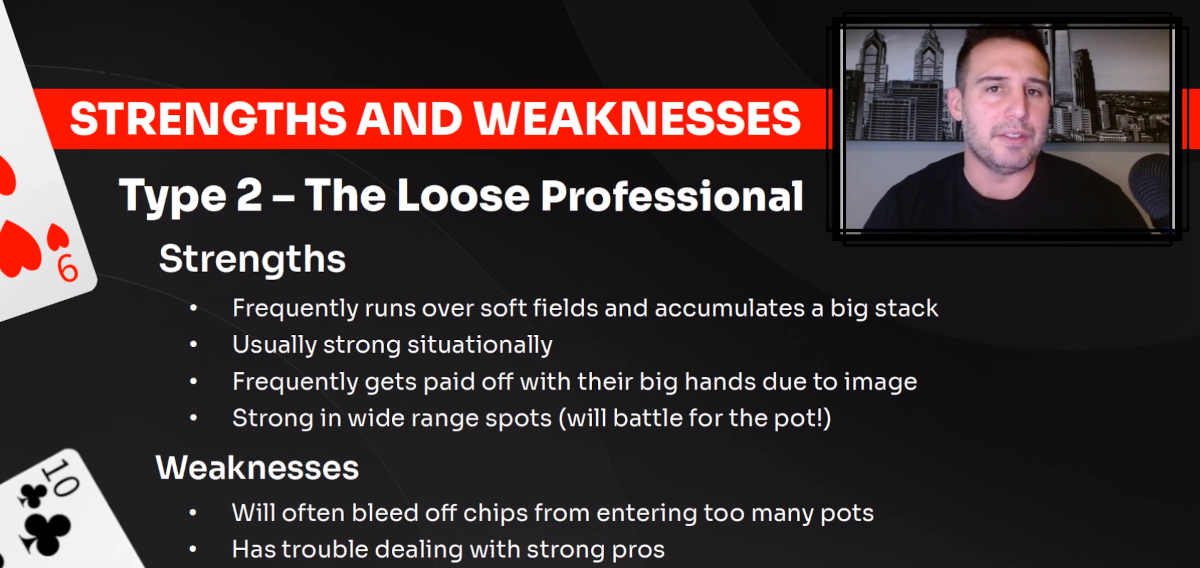
This section of the Road to Victory course also talks about the importance of table image and how you need to account for it when making decisions. How other players perceive you and how they came to create that perception is important.
Elias also touches on poker solvers and talks about the wrong approach many players have to these. He emphasizes that instead of trying to memorize everything, a player should focus on understanding the process.
One final tip from this section is to focus on quality over quantity. Giving your best in every tournament you play will prepare you for the challenges ahead and make it much easier to bring your A-game to the table when it's really important.
Road to Victory Exploitative Ideas
Continuing on the first section, Darren Elias takes the opportunity to break down several specific exploitative ideas, giving each of them a full video.
Each video contains a theoretical explanation and justification behind the idea, followed by some actual poker hands examples:
- Delayed aggression – what player types are prone to this strategy and how to adjust
- Premature range splitting – how it influences your strategy if opponents split their range too early.
- Suit recheck – Who can you really use it against? What's the confidence threshold (recreational vs. pro players)?
- Turn lead – Recognizing the cards you want to do this on and why
- Zooming out – Looking at the big picture in any given tournament (overall skill level, tournament stage, etc.) and correctly accounting for these factors when making decisions
- Underbluffing – What types of players are susceptible to this, in what situations can you expect to encounter this flaw, and how can you take advantage of it?
- Overbet flop shove – Happens almost exclusively in live poker, and sims can't really prepare you for it. This often happens with less experienced opponents failing to adjust to new situations.
Road to Victory Tournament Journey
The rest of the Road to Victory course consists of Tournament Journey videos broken down into five large sections:
- Early Stage
- Intermediate Stage
- Bubble
- In the Money
- Final Table
Each section consists of several videos, combining theory and hand examples. Nick Petrangelo takes a more active role in this section, either joining Elias or breaking GTO and solver concepts on his own.
Introducing this segment of the course, Darren focuses on some of the most important aspects that apply to almost every large-field tournament. It is a mental marathon, and we have to stay focused on every hand and every decision, or our performance will deteriorate.
He also shares some very useful general tips, such as the importance of showing up on time. While late registration can have some advantages, the fact of the matter is that the weakest players in the field will usually show up early, and many of them will also bust and lose most of their chips during early blind levels.
So, you want to be there and make sure you get your share of these “easy” chips.
Early Stages
This module starts with Nick and Darren discussing the differences between high-roller tournaments and regular large-field events.
High rollers are usually shallower, and players are much more aggressive, so there isn't much time to sit around and wait. In regular main events, there is much more room to wait for good opportunities.
Some of the other topics covered in this particular module include:
- Inflection points – recognizing spots where the stack size dictates a significant change in strategy – for example, with a short stack as the registration period is close to an end.
- Dealing with limpers – there are a lot of limpers during the early stages of large-field tournaments. How to decide what to do, what factors to consider, what sizing to use when isolating, etc.?
- Preflop sizing tellsExploitative squeeze
- Cold calling 3-bets – how to find opportunities to cold call 3-bets based on the sizing, your position, stacks, and their perceived range
- Blind vs. blind play
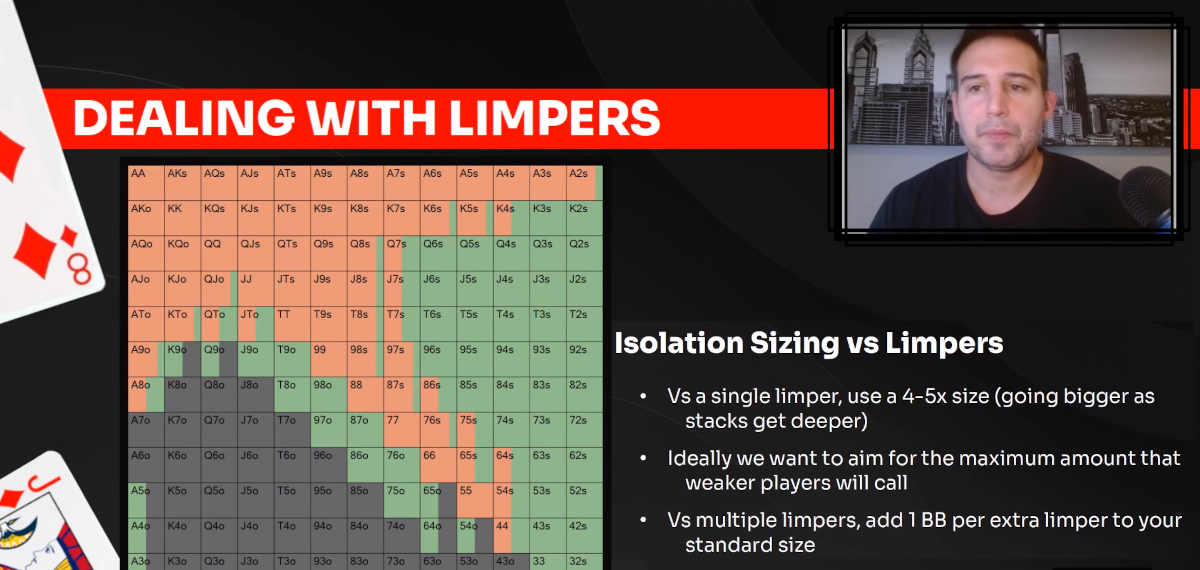
One video in this section is also devoted to playing against strong opponents. It is vital to perform well against competent players as well. In that light, Elias shares some ideas on how you can play to your strengths even when facing formidable opponents.
Intermediate Stage
The next section of Upswing's Road to Victory talks about the intermediate stage of a tournament, i.e., a period after the early stage but still not close to the money. Reentry is now closed, but there is still around half the field left.
Elias emphasizes the importance of keeping a strong mindset and maintaining discipline during this period if things aren't going your way.
He suggests that this is also a good time to zoom out and look at the big picture – who's left in the field, what type of players they are, and what your table draw looks like.
Every pot becomes important, so we need to focus on every one. Winning before the flop and picking up chips becomes very significant. So we want to adjust our opening ranges based on table conditions and player types, stack depths, etc.
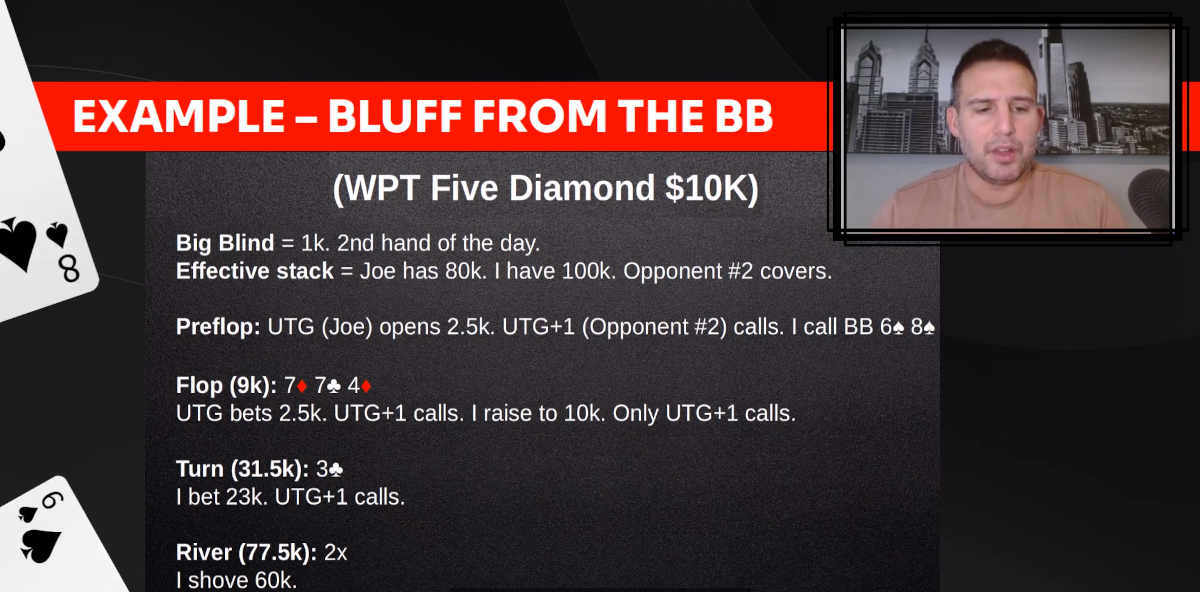
One video talks about dealing with limpers during this stage and how your strategy needs to change compared to the early stages. Losing chips is much more significant now, so we need to be more careful and methodical.
It is much easier to get chips in the pot than early as we are playing around 50 blinds effective, so there is no rush to get as many chips as possible pre. Skilled players will want to have bigger SPR and more play postflop.
Elias also touches upon a somewhat controversial idea of momentum. Although he explains he doesn't believe in the hot-cold hands fallacy, it's important to note that players at your table may be affected by the momentum and change their strategy.
The final video of the section features Nick Petrangelo, who takes it to solvers and provides a lot of information about the strategy for multiway pots during this stage.
Bubble Stages
The next step on the Tournament Journey is, of course, the bubble stage. Elias splits this section into two parts, namely:
- Soft bubble – where there are still about two times the players making money still left in the field
- Hard bubble – a period just before the money, when the hand-for-hand play begins
To start with, Elias talks about some important strategic changes for the soft bubble stage, with a focus on the players who over-adjust. This is followed by an extensive video covering RFI ranges and profitable adjustments you can make in this area.
As the hard bubble comes around, it is once again time to zoom out and consider things like
- Field size – larger fields usually mean shorter bubble times
- Average stack size – more important in smaller events; smaller average means the bubble will be shorter
- Micro-stacks – players with less than two big blinds who will be forced all-in
- Size of min-cash – relative to the buy-in size rather than the dollar amount
The section concludes with a long, 40+ minute video of Nick Petrangelo talking about five postflop scenarios you'll likely face during the hard bubble stage and how to navigate them correctly.
In the Money
Elias introduces this next section with a simple yet important thought: it's always good to cash a poker tournament. It's not a final goal, but it is a noteworthy point to take inventory, reassess the tournament, and figure out what's going on.
There will be some wild overreactions, especially from recreational players. Some of them will be looking to get their chips in the middle very light, which will influence your overall strategy.
The module then shifts focus to what Elias refers to as “deep ITM.” This is a stage of the tournament where things start to get real from a financial and emotional perspective. There is a realistic shot of making the final table and potentially winning.
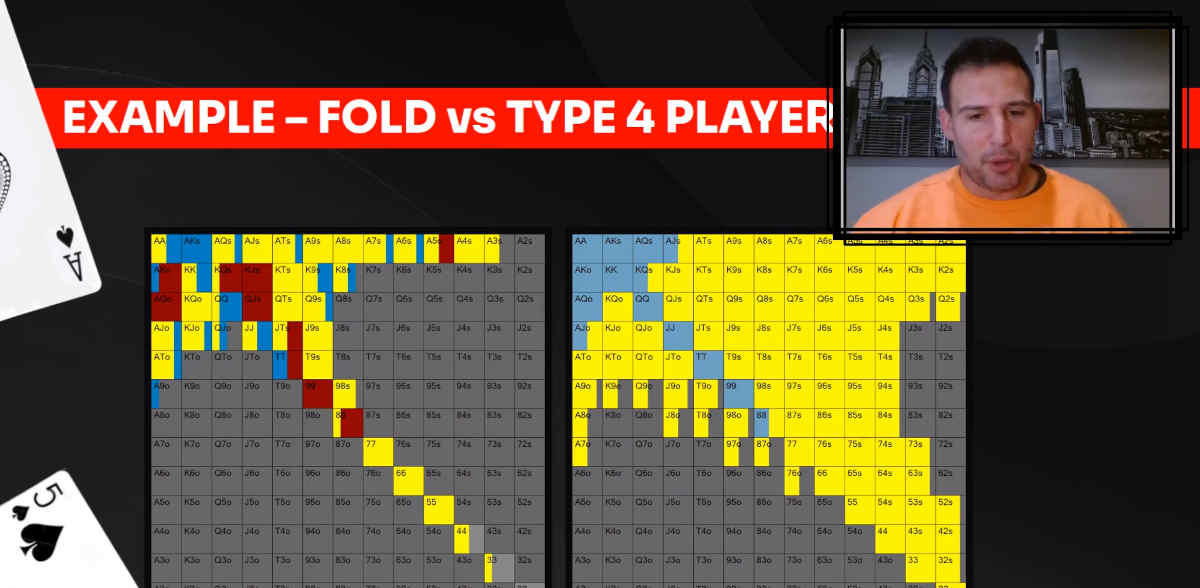
Darren emphasizes that this is not the time for second-guessing. Mistakes can and will happen, but you shouldn't be scared of them. You have to play better than the rest of the field and stay present.
Talking from his rich experience, he explains that many players allow a single hand to mess up their entire game plan. You mustn't allow bad beats or bad decisions to have such a big impact on your play.
This is the stage of play where moves are made, and tournaments are often won. Thus, it is important to zoom out again and take advantage of the opportunities we have while they're there.
Final Table
The last module in the Road to Victory course covers the final table play. It starts with a video of Nick and Darren discussing some of the most important points of this stage, such as the ICM implications and the significance of staying aware of everything happening around you.
Elias emphasizes how important it is to have the “shooter's mentality” when at the final table. You can't allow a single hand to shake your confidence, and you have to be willing to pull the trigger when required.
Petrangelo shares some of his advice as well. He suggests taking things one hand at a time and preserving your mental energy. Focus on your strategy. Keep payouts in mind, but try not to think about the money.
There are a lot of hand examples from various final tables in this section, rounded up by the full final table play review of Darren Elias' $10k Super Millions performance.
Is Road to Victory Right for Me?
Upswing's Road to Victory is a rather interesting MTT course that provides a different, fresh perspective. If you're someone who doesn't want to stick to just GTO, you'll find Darren's ideas truly refreshing.
This is certainly not a beginners' course, although you don't necessarily need a deep technical understanding of the game to keep up.
I can honestly say that Nick and Darren managed to create a course that's fairly easy to keep up with and filled with practical examples that anyone can understand.
Road to Victory covers many individual ideas, and every single one of them will help improve your edge. If you're a serious tournament grinder who puts in a decent volume, I think this course will be a great investment, so check it out yourself.







